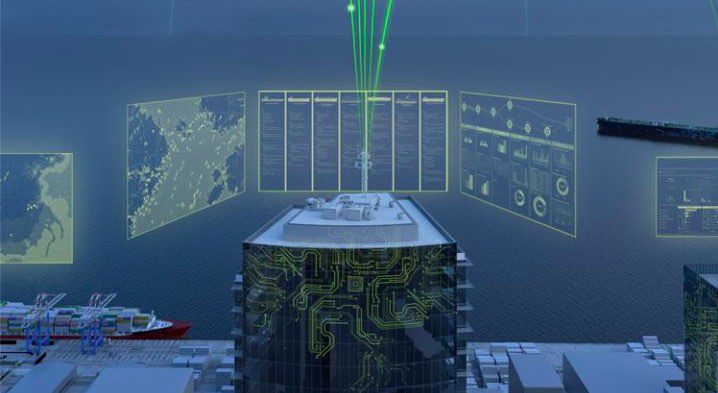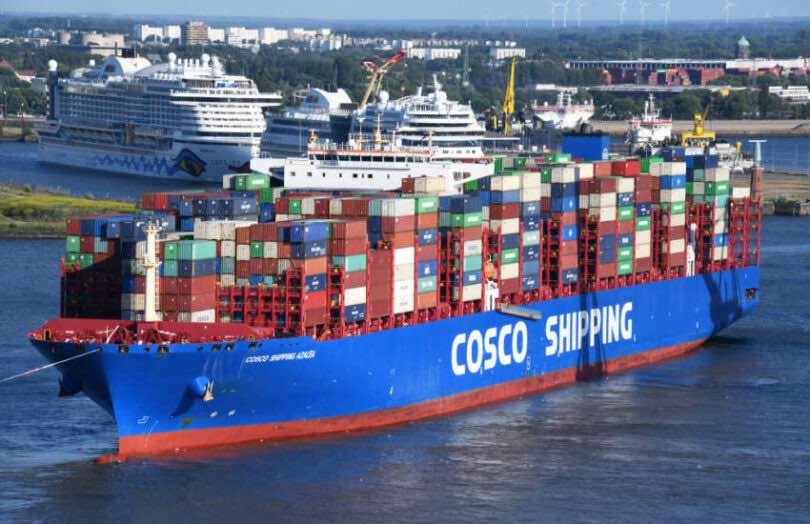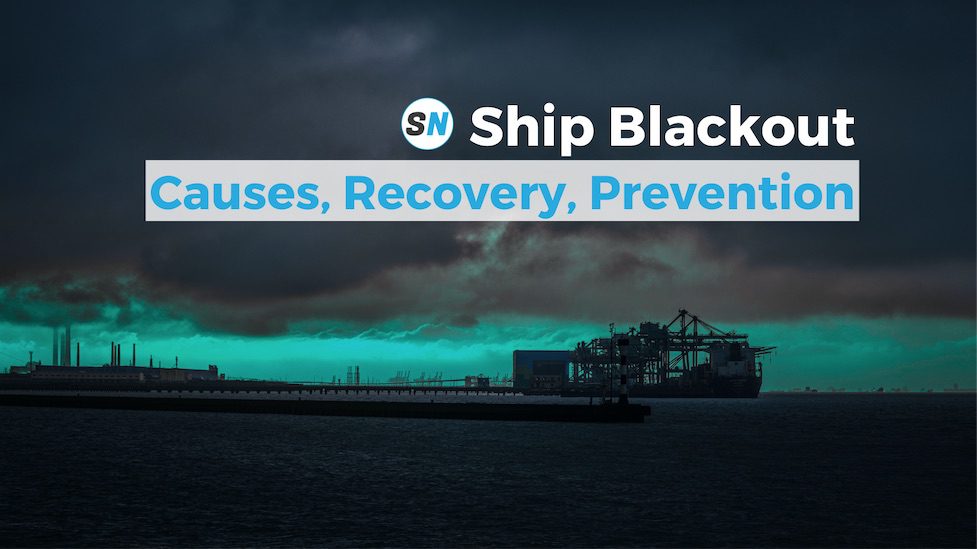28 November 2024
Smart ships transforming the industry

While driverless cars and autonomous vehicles capture headlines, autonomous and smart ships are still more under the radar. It may be several decades before we see several self-navigating smart ships grace our oceans. Nevertheless, there’s no denying that shipping is getting smarter, that autonomous ships are already here, and that Regulators are actively working on the subject.
What does that mean for the maritime industry? Let’s explore smart ships and the technology behind them, their challenges, and what it will mean for crews
Table of Contents
Smart, Automated, or Autonomous?
With so much digitalization jargon being thrown around, it can be hard to make sense of smart ships. Let’s start from the beginning.
Shipping is considered smart when a data-driven process is used to improve the operation of a ship’s systems and manage fleets. When it comes to smart ships, there is a variety of technologies and terms employed.
Automated ship systems focus on a specific task based on well-defined criteria, limited in terms of the type of tasks it can perform. Certain systems, processes, or tasks onboard a vessel may be automated – that is to say, carried out without human intervention.
Autonomous ships, like driverless cars, are self-sufficient and require no human intervention. Equipped with complex systems, sensors, and artificial intelligence (AI), they can learn, adjust and adapt to dynamic environments.
Data & Digitalization
That’s what smart shipping means, but why is it important?
For one thing, smart ships have a role to play in shaping a more sustainable shipping industry. Enhanced monitoring, predictions, and simulation of optimization scenarios contribute to reducing GHG emissions, increasing efficiency, and improving maintenance, all of which facilitate compliance with international regulations.
Ship owners have many short- to long-term measures to comply with Carbon Intensity Indicator (CII) requirements, which enter into force in January 2023. There are also bigger picture IMO CO2 emissions reduction targets to prepare for: -40% by 2030 and -70% by 2050 per transport work. And on top of that, the IMO’s reduction goal of -50% of total GHG emissions by 2050. We can’t make meaningful changes to things we don’t understand – and that’s why we need data. We can only improve what is measured.

CII Calculation: Carbon Intensity Indicator Guide
How to calculate the CII rating? We debunk its complexity by simplifying the procedures based on IMO guidelines.
Ship Nerd
And if further convincing is needed, there’s also a strong business case for increasing ship digitalization in management processes. Smart ships help shipping companies reduce operational costs. Improved ship connectivity, combined with real-time data analysis and contextualization, enables efficient remote monitoring, predictions, and decision support. Ultimately, smart ships help to reduce the cost of fuel, consumables, and spare parts, as well as save time and resources.
By that logic, one might assume that the more sophisticated the technology and the more data collected, the better. But that’s not exactly true. The important element that really makes smart ships are the meaningful objectives that drive its transformation.
For example, if one’s objective is to optimize operations to lower OPEX, the first step must be to define the priority use cases and how they will monitor and analyze these costs. This will guide the choice of digital solutions to select and which data points will be meaningful. This real-time contextualization is a vital phase in turning abstract data into useful information. Smart shipping is not a question of tech, so much as one of decision-making: how and what to digitalize, and to what end?
Our role as a classification society is to support the shipping industry in the move toward smart shipping. We believe smart shipping is not just about implementing new data driven technologies; it is about improving the operational and environmental performance of shipping and strengthening safety.
Smart shipping is about leveraging emerging technologies to build new business models founded on industry-wide collaboration and transparency.
Laurent Hentges,VP Digital Solutions & Transformation, Bureau Veritas M&O
Smart but Secure
With cyber-attacks on the rise, it is more crucial than ever to guard against threats to your vessel and its data. While there’s no standardized approach, ship owners are guided by the IMO MSC.428(98) regulation and the IACS Unified Requirements on cyber resilience for new constructions, equipment, and systems.

Guidance on cyber risk management beyond IMO 2021
How the shipping industry can raise cyber risk management standards amid escalating threats to maritime cyber security demonstrated.
Ship Nerd
Crew
When we talk about automation, the concern is a natural response, particularly from those whose tasks are being entrusted to technology. What, therefore, is the outlook for crews as smart ships arise?
The short answer is that digitalization represents a fundamental shift in the role of seafarers. And navigating that shift will require training and, to a certain extent, reskilling.
A new generation of crews will see more onshore roles created to supervise autonomous processes. This creates opportunities to attract new talents and new skills, but also for seafarers to learn how to operate this technology and build on their knowledge as mariners. To retain vital seafaring knowledge alongside additional digital know-how, crews will be able to benefit from Continuous Professional Development (CPD), learning new skills on the job. This new generation of seafarers will also enjoy the benefits of shorter times at sea and increased onshore time as remote operation becomes more commonplace.
Since there is no “one size fits all” approach to digitalization, smart functions will each require their own implementation to meet the specific needs of fleets. Industry collaboration will prove indispensable to sharing data and improving transparency.
Classification societies will play a key role in enabling the transition to a world with smart ships through developing rules and notations. By bringing maritime actors together and working closely with clients, class societies can help the industry best leverage digitalization to move forward.
Source: BV
See Also
GSBN partners with Chinese companies to enhance the transportation of chemical cargo safety using blockchain technology. A streamlined certificate verification process reduces the risk of fraud and errors. Discover how this innovation is improving safety and efficiency in the shipping industry.

Blockchain Tech for Safe Chemical Cargo Transport
GSBN partners with Chinese companies to enhance the transportation of chemical cargo safety using blockchain technology.


